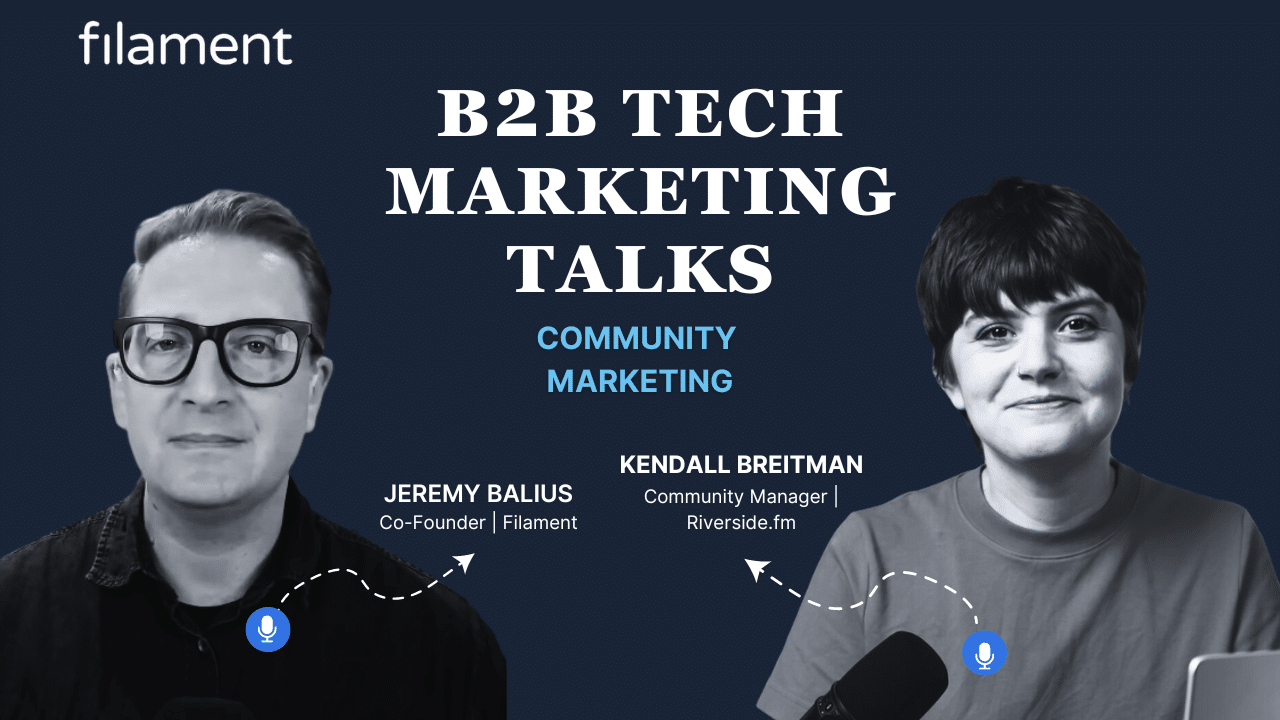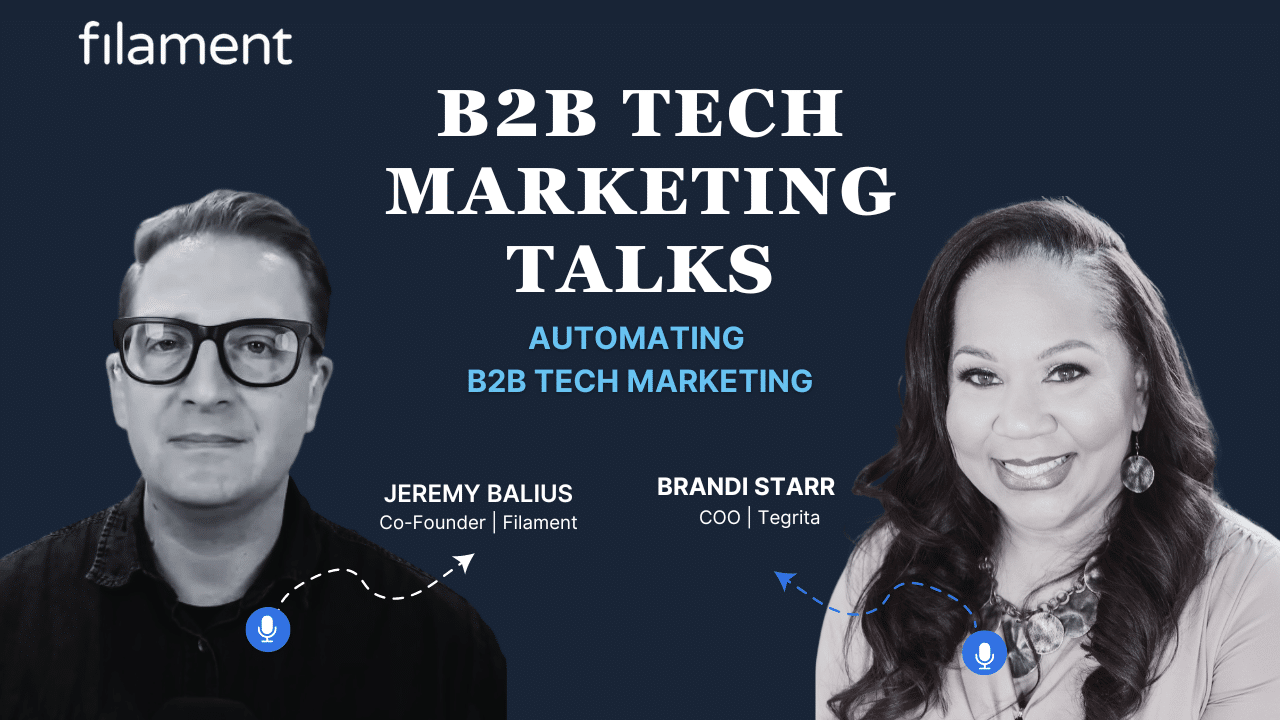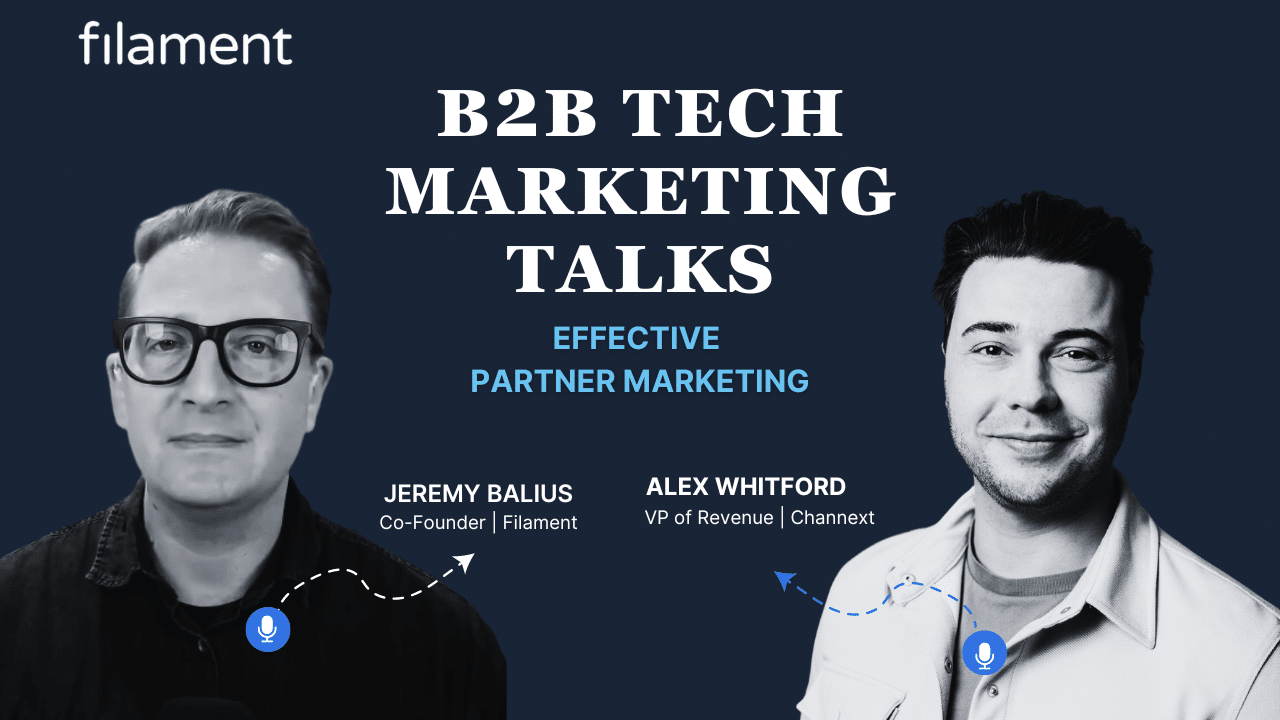Ecosystem Qualified Lead (EQLs): Everything You Need to Know
What exactly are Ecosystem Qualified Leads (EQLs)? What are they for, where do they come from, and how can your business benefit from them? In this article, we’ll unpack EQLs, their potential advantages, and how you can leverage them effectively.

Building a successful B2B tech business often hinges on fostering the right partnerships. While a larger network can boost your customer base and sales, the process isn’t as straightforward as it may seem.
Growing a channel partner program or partner ecosystem, finding the right fit partners, managing marketing efforts with partners, and coordinating co-selling strategies – these tasks require careful planning and execution.
This is where Ecosystem Qualified Leads (EQLs) can make a significant difference in the partnerships space. These aren’t just any leads; EQLs can help streamline partner relationships, optimizing engagement, alignment, and sales conversion.
But what exactly are EQLs? How do they function, and how can your business benefit from them? In this post, we’ll dive deep into understanding EQLs, their potential advantages, and how you can leverage them effectively.
Table of Contents
- What are Ecosystem Qualified Leads (EQLs)?
- What are the Benefits of Ecosystem Qualified Leads?
- How do You Acquire Ecosystem Qualified Leads?
- How can You Ensure Success with Your EQLs?
- Ecosystem Qualified Lead vs Marketing Qualified Lead: What’s the Difference?
- Ecosystem Qualified Lead vs Partner Qualified Lead: What’s the Difference?
- Ecosystem Qualified Lead vs Product Qualified Lead: What’s the Difference?
What Are Ecosystem Qualified Leads (EQLs)?
Ecosystem Qualified Leads (EQLs) are new leads and potential customers that have been identified through an ecosystem marketing strategy and come from ecosystem partners.
Unlike traditional leads, EQLs are nurtured and identified within a collaborative business network, leveraging partnerships and integrations across the ecosystem. By interacting with different touch points in this ecosystem, these leads demonstrate higher engagement and alignment with the company’s product or service.
EQLs typically have a better understanding of the product value proposition and therefore present higher conversion potential and sales readiness, enhancing the effectiveness of the company’s sales and marketing efforts.
In some cases, EQLs are simply new leads that come to you from partners. In other cases, EQLs are net new leads to the whole ecosystem and are qualified based on their fit to the ecosystem itself.
What Are the Benefits of Ecosystem Qualified Leads?
With that said, let’s look at the main benefits that EQLs offer.
Access a Larger Pool of Leads
EQLs give you access to a larger network of prospects and potential customers. This is especially useful if your partners have different customer bases and may expose you to new markets or verticals.
By leveraging data from all your partners, you can quickly build up a larger pool of fresh leads that you might not have had access to before or might not have considered targeting. Plus, the lead sources are trusted. The result? New business for you!
Improved Targeting & Personalization
EQLs also enable you to better personalise your campaigns. By having access to detailed customer profiles from multiple partners, you can tailor your messages more effectively, increasing the chances of turning leads into paying customers.
Go-to-Market Strategies Expand to Include Go-to-Ecosystem
Leveraging EQLs makes it much easier to go to market together with your partners. That’s because if you have access to their data via a partner ecosystem platform, you get a better understanding of the best targets for your business and each of your partners.
This allows you to align your strategies more easily, maximizing the effectiveness of your joint partner marketing efforts and leading to more valuable partnerships.
How Do You Acquire Ecosystem Qualified Leads?
Ecosystem Qualified Leads are sourced through a network of partnerships and collaborations in a business ecosystem.
So where do Ecosystem Qualified Leads come from? Here are several ways a partner can acquire EQLs within this context:
Co-Marketing or Partner Marketing
Partners can collaborate on marketing activities that appeal to their shared audience. This can include webinars, content collaborations, joint events, or shared promotional campaigns. Leads generated from these activities who show a significant interest in both partners’ offerings can be considered EQLs.
Product Integration
When companies integrate their products or services, they can tap into each other’s customer base. A user from one product who expresses interest or starts using the integrated feature can be considered an EQL for the partner company.
Referrals
Partners in an ecosystem often have complementary products or services. They can refer leads to each other when they identify a customer need that can be better addressed by the partner’s solution. This is especially the case when partners can upsell or cross-sell when they find overlapping customers as well.
Co-Selling Initiatives
When partners align their marketing and sales teams’ efforts to sell their solutions as a bundle or a comprehensive package, leads showing interest in this combined offering can become EQLs.
Data-sharing Partner Platforms/Marketplaces
Many larger companies have a partner ecosystem platform or marketplaces where partners can list their products or services. Leads that express interest in a partner’s offering via these platforms could be considered EQLs.
In essence, EQLs come from the intersection of collaborative efforts between companies within a partner ecosystem.
By working together, partners can mutually enhance their lead generation, enriching the pool of potential customers who are already interested and engaged within the ecosystem.
How Can You Ensure Success With Your EQLs?
Once you’ve acquired your EQLs, the next step is to ensure you make the most out of them. Here are some tips:
Set Clear Goals & Objectives
Before you get started, it’s important to define clear objectives for your campaigns. This will help you create tailored messages that are more likely to resonate with your target audience and track and measure your efforts’ success.
For your B2B tech company, you may aim to increase the number of accounts that convert within the first month or two. Setting this objective can help guide your entire strategy and ensure that each step of the process aligns with it.
Create Targeted Outreach Campaigns
Once you have set your objectives, you can create targeted outreach campaigns for each of your EQLs. This should include a mix of emails, direct cold calls by sales teams, and personal messages that speak to their particular needs.
Create Valuable Content
Your interaction with your EQLs should be more than just selling—you should focus on providing them with the educational content and resources they need to make an informed decision.
Make Use of Automation
The process of outreach and engagement with your EQLs can be quite time-consuming. To save time and effort, consider using automation tools such as marketing automation software or chatbots to automate certain parts of the process. This will help you scale up your efforts with personalized content without investing too much of your time.
Keep Track of Performance
Finally, it’s important to keep track of your campaigns’ performance to identify improvement areas and maximise ROI. This can be done easily with a CRM tool that allows you to monitor lead engagement, conversion rates, and more.
Ecosystem Qualified Lead vs Marketing Qualified Lead: What’s the Difference?
Marketing Qualified Leads (MQLs) and Ecosystem Qualified Leads (EQLs) are both crucial in lead generation strategies but represent different aspects of the lead qualification process.
Sources
MQLs are typically generated through traditional marketing activities like digital advertising, content marketing, social media engagement, and meet various marketing qualification criteria such as company size or ideal customer profile. On the other hand, EQLs are generated through partnerships within a collaborative business ecosystem, such as integrations, co-selling, or co-marketing efforts.
Qualification Process
MQLs are leads that have engaged with a company’s marketing efforts and have shown enough interest to be considered more likely to become customers. In contrast, EQLs have interacted with different touch points in a broader business ecosystem and demonstrated higher engagement and alignment with the company’s product or service.
Sales Readiness
MQLs have shown interest in the company’s offerings and are deemed ready for the next step in the sales process. However, EQLs are often more sales-ready as they have a better understanding of the product value proposition due to their interactions within the ecosystem, resulting in a higher conversion potential.
Value
Both MQLs and EQLs provide value, but EQLs can deliver a higher level of value due to the deeper engagement and alignment from the ecosystem, potentially leading to larger deal sizes and higher lifetime value.
In short, while both are effective strategies for driving growth, EQLs represent a shift toward more collaborative, ecosystem-driven marketing strategies.
Ecosystem Qualified Lead vs. Partner Qualified Lead: What’s the Difference?
If you’ve heard of Partner Qualified Leads (PQLs), you might wonder what the difference is between those and EQLs.
Think of it this way: PQLs are new leads that match criteria for two or more partners to co-market and co-sell to, whereas EQLs are considered net new leads that fit into a wider ecosystem of partners.
To put this in practical terms, PQLs might be new leads you and your partner come together to market to and close a deal with (they’re overlapping customers, essentially), while an EQL would be a lead that many partners in your ecosystem can take advantage of.
Ecosystem Qualified Lead vs Product Qualified Lead: What’s the Difference?
An EQL and Product Qualified Leads (confusingly, also called PQLs) are different concepts in lead generation that reflect the distinct ways companies can identify potential customers.
Source
A Product Qualified Lead is a potential customer who has used a product and reached certain usage milestones that indicate a strong likelihood to convert to a paying customer. These leads are generally identified through a freemium model or a free trial where the user can experience the product firsthand.
On the other hand, an EQL is identified within a collaborative business ecosystem, leveraging partnerships and integrations. These leads have interacted with multiple touch points in this ecosystem and demonstrate high engagement and alignment with the company’s product or service.
Sales Readiness
Product Qualified Leads are sales-ready because these new leads have experienced the product and demonstrated an interest through usage, thus showing potential for conversion. EQLs, however, may not have used the product directly but have been identified as sales-ready because of their interaction and engagement within the wider business ecosystem.
Engagement
While Product Qualified Leads are engaged through direct product usage, EQLs are engaged through a network of partnerships, providing them a broader context and understanding of the product’s value.
Customer Journey
Product Qualified Leads typically follow a bottom-up customer journey, from usage to purchase, often in a self-serve or low-touch sales model.
In contrast, EQLs may follow a more traditional, top-down sales funnel, where leads are identified, nurtured, and converted through an ecosystem of partners.
In summary, while Product Qualified Leads and EQLs both offer ways to qualify leads, they represent different approaches based on product usage and ecosystem engagement respectively.
Ready to Tap Into the Power of Ecosystem Qualified Leads?
The power of EQLs shouldn’t be underestimated—if you’ve been relying on marketing qualified leads (MQLs) only, it’s time for a change.
EQLs have 43% better win rates than MQLs, but not many B2B companies participating in partner programs are leveraging them to their full potential. Don’t be one of them, and start taking advantage of EQLs today! By leveraging reseller programs or partner ecosystems, you can quickly and easily acquire quality leads without investing too much in resources.
At Filament, we specialise in helping B2B tech companies make the most of EQLs and have seen great success in the process. If you need help with your acquisition efforts and want to be our next success story, get in touch.





